You don’t have to tell Jack Martel twice. Like anyone attending Edward Little High, he knows that Lewiston is his school’s rival.
It took a little bit, then, for the junior to process the fact that Lewiston would be added to the Edward Little/Poland/Leavitt co-op swim team this winter. But once the season began, whatever concerns he had washed away.
“It was definitely a bit weird at first, but it’s grown on me,” Martel said. “We’re all friends and we’re all one team. It’s definitely different practice-wise with more kids in the pool, but we still get our work done and work as a team. I think it’s been better for us.”
That’s a conclusion that swimmers, coaches and athletic administrators around Maine are reaching. As roster numbers plummet and opportunities in the sport dwindle, co-ops are becoming an increasingly popular choice, even for some of the state’s largest schools.
Participation in swimming, like many other high school sports across the state, is down in recent years. At the start of the 2014-15 season, 1,808 swimmers representing 72 teams competed in swimming statewide. This season, just 936 swimmers and 49 teams are competing.
The biggest drop, unsurprisingly, came when the sport went from 1,519 swimmers in 2019-20 to 947 in 2020-21, when the COVID-19 pandemic forced teams to compete virtually. In the years since, the loss of youth swim teams at various YMCAs (Freeport, Biddeford and Portland, just to name a few) compounded the problem.
“The biggest problem is our feeder programs,” said Scott Morrison, coach of the Edward Little co-op. “I think YMCAs, since COVID, have had to rediscover what their priorities are, and they’ve all stopped offering those things since we came out of it. We’ve also lost a lot of coaches. You look at the expertise and experience of some of these coaches, and we’re all aging; we’re not young anymore.”

Messalonskee co-op swim team captain Cailyn Henning, right, leads the team in practice at the Alfond Youth & Community Center pool in Waterville. The 22-member team is comprised of swimmers from Messalonskee, Waterville, Nokomis and Lawrence high schools. Rich Abrahamson/Morning Sentinel
Although Lewiston High has 1,505 students, athletic director Jason Fuller expected to have just two or three swimmers. Fortunately, Fuller and Edward Little athletic director Todd Sampson had already been looking at potential co-op arrangements across multiple sports. Joining forces would serve not only to give Lewiston’s kids the full swim team experience, but also bolster the Edward Little co-op, which swims at the Lewiston YWCA pool.
“Our numbers were a little low, and financially, when you have that low number of kids and think about things like booking a pool and all that stuff, it just made sense for us to look at ways where we could still allow our kids to swim but financially make a good decision for our district,” Fuller said. “EL has a proven program, they’re right next door, and we swim out of the same pool, so it just made sense.”
GROWING TREND
In 2018-19, there were just three co-ops consisting of six schools: Gardiner/Hall-Dale, Waterville/Winslow and Caribou/Fort Fairfield. That number has slowly risen, with new co-ops starting and existing ones adding schools, and now there are 10 co-ops comprising 26 teams.
Lewiston’s addition to the Edward Little team isn’t the only major new development in terms of Kennebec Valley Athletic Conference Class A co-ops. Two other major rivals, Brunswick and Mt. Ararat, have combined, while Messalonskee has teamed up with Lawrence, Nokomis and Skowhegan after those schools previously swam exhibitions with the Eagles.
“I think it’s something you’re going to be seeing a lot more of,” said Messalonskee athletic director Chad Foye. “There’s a few sports, especially, that are really going that way. You look at hockey numbers, and hockey’s doing that a lot, and now you have swimming starting to do that a little bit more, too.”
In some cases, seeing other schools forming co-op teams influenced coaches and athletic directors to form their own. That was the case with Morrison, whose co-op began when he brought on Leavitt in 2021-22 after Deering and Portland, two of the largest schools in the state, merged their programs the previous season.
The Deering/Portland co-op also has been a blueprint for how co-ops can turn struggling programs into successes. Ahead of the 2020-21 season, the Deering boys and Portland girls would have been unable to do relays, with just three swimmers each. As a co-op, Deering/Portland was able to build its roster and a successful culture — and last year, the Deering/Portland girls won the Class A state title.

Chase Leonardo, center, from Leavitt and Jack Martel from Edward Little look over the practice goals during a workout at the YWCA in Lewiston. Coach Scott Morrison believes his team’s co-op arrangement among four schools is making all the team’s swimmers stronger. Andree Kehn/Sun Journal
“We looked at all of these hurdles we were encountering, and we realized we’d be better together than either one of us could be on our own,” said Deering/Portland coach Sarah Rasmussen. “We rebuilt our culture, we were very intentional about every decision we made, and we made new traditions. I think it’s very much paid off for us.”
Elsewhere in Class A, Brewer/Hampden Academy became a co-op last season. In Class B, longtime powerhouse Old Town has a co-op with Orono, Foxcroft Academy, Piscataquis and Stearns. Hermon has teamed up with John Bapst, and Boothbay has combined with Wiscasset.
Years before, Waterville/Winslow was one of the teams that got the co-op wave started. The Purple Panthers started their co-op in 2016-17, following Gardiner/Hall-Dale, which did so a year earlier, and the result has been a healthy program that has allowed coach Justin Giroux to maintain numbers.
“It gives opportunities for kids to swim and be part of the team that, if you didn’t have the co-op, maybe they wouldn’t have,” Giroux said. “I was a Lawrence boy and we never really had a swim team over there. It’s great to see more of this because you’re giving everybody who swims with you a chance to truly be part of the team and be involved in all the races.”
NEW IDENTITIES FORMED
Representing more than one school, some teams have developed new identities. Deering/Portland, known as the “RamDogs,” has a shield logo featuring both mascots and swim caps featuring a bulldog with ram horns. The Edward Little co-op has no official mascot name, but the team’s logo features Edward Little’s ghost logo, bee wings for Leavitt (Hornets), a sword for Poland (Knights), and now Blue Devil horns for Lewiston.
“I love our logo; it’s so fun,” said Ashlyn Holbrook, a Leavitt senior. “I think it’s great how it represents all the schools. Our team motto is ‘United We Swim’ because even though we’re all from different schools, we’re united as a team. I think it’s one of those (little things that brings us together). I love the little horns on it.”
Combining teams hasn’t been the only discussion; as a result of the declining number of teams, there’s also talk of combining conference meets. Josh Frost, athletic director at Ellsworth High and a member of the MPA swim committee, said the KVAC and Penobscot Valley Conference have discussed that idea.
“With our numbers, our league championship this year will still be a championship, but it’s not going to be what it used to be,” Frost said. “The PVC was hoping for (a combined meet with the KVAC) this year, which isn’t going to happen, but we’re maybe looking at it for next year. It could almost be like a Class B North regional meet, really.”
The changes are still an adjustment for some. As Fuller points out, it’s natural to want a program that’s your own, something that gets lost when you co-op with another school. Some older Portland and Deering alums, Rasmussen added, have groaned (even if perhaps jokingly) at the idea of the rivals joining to form one team.
The kids in the pool, though, seem to be rolling with it. For programs struggling with numbers, co-ops are a way to still get the full team experience — and swimmers such as Gabby Roy of Lewiston are embracing their new teams.
“I kind of saw it coming based on our numbers last year, but I think it’s a good thing for our team,” Roy said. “I don’t mind (not having our own Lewiston team); this is a bigger team and we all get along. Getting to swim with each other is really nice.”
Send questions/comments to the editors.


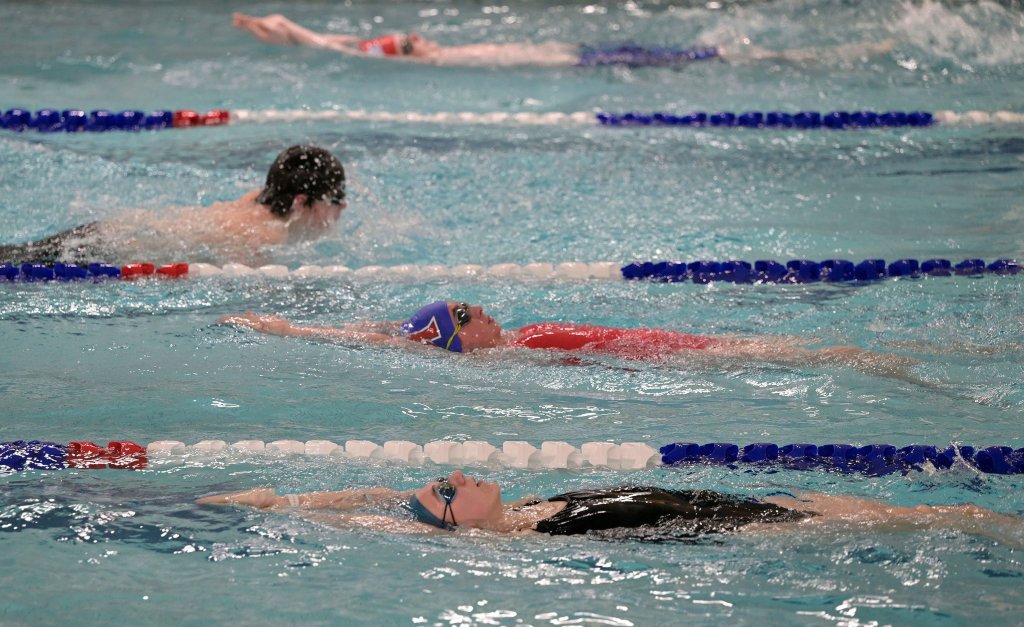
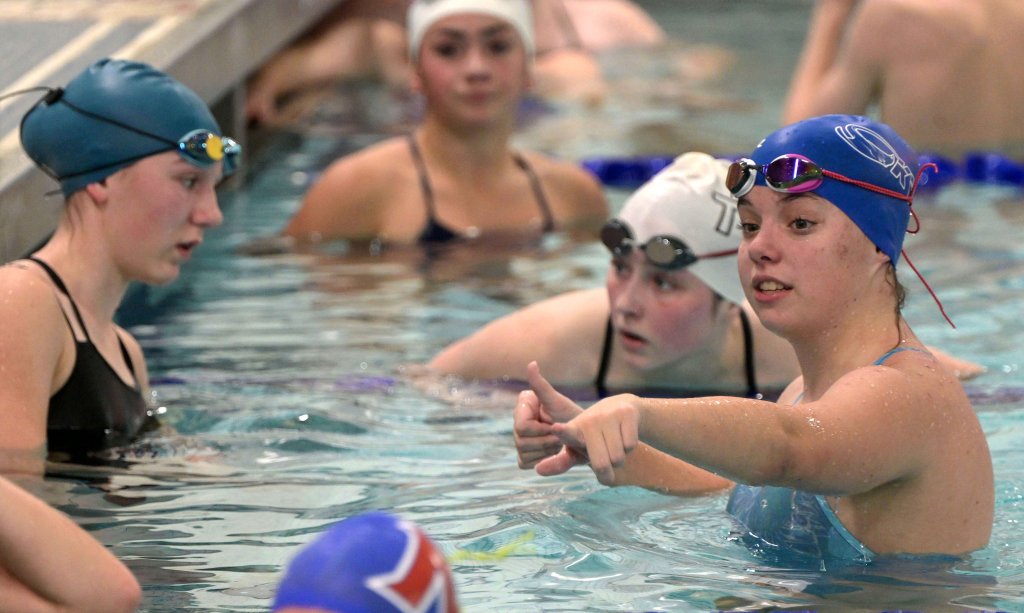
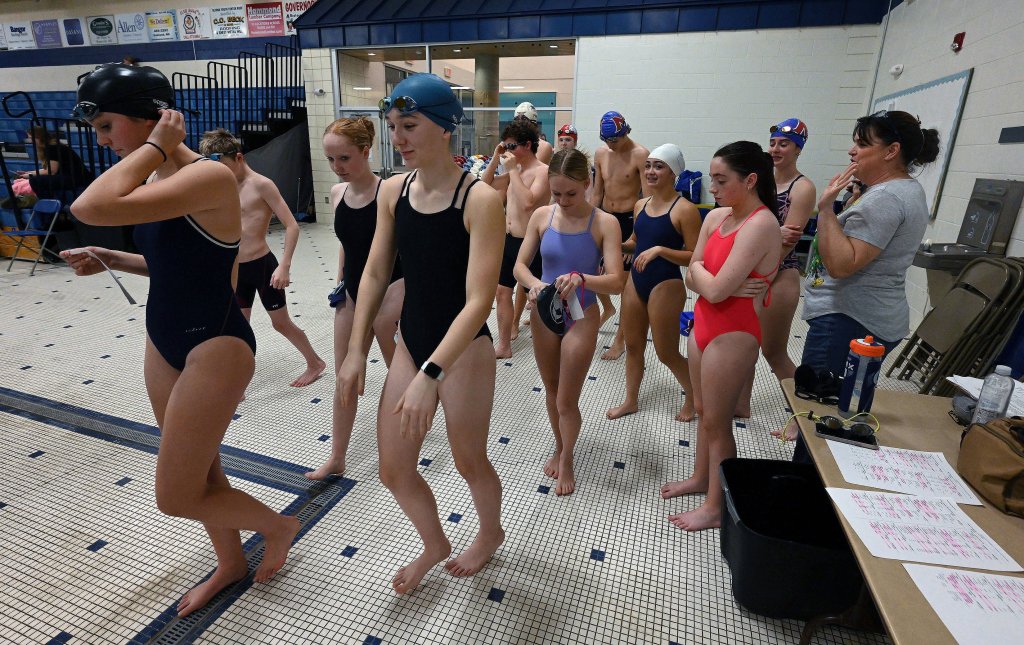


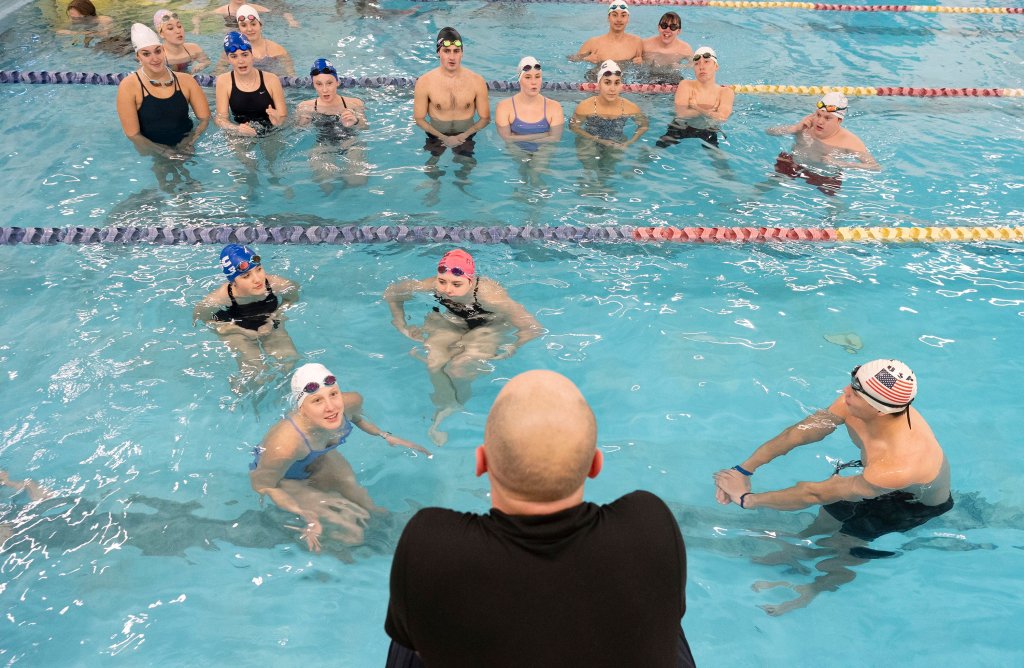
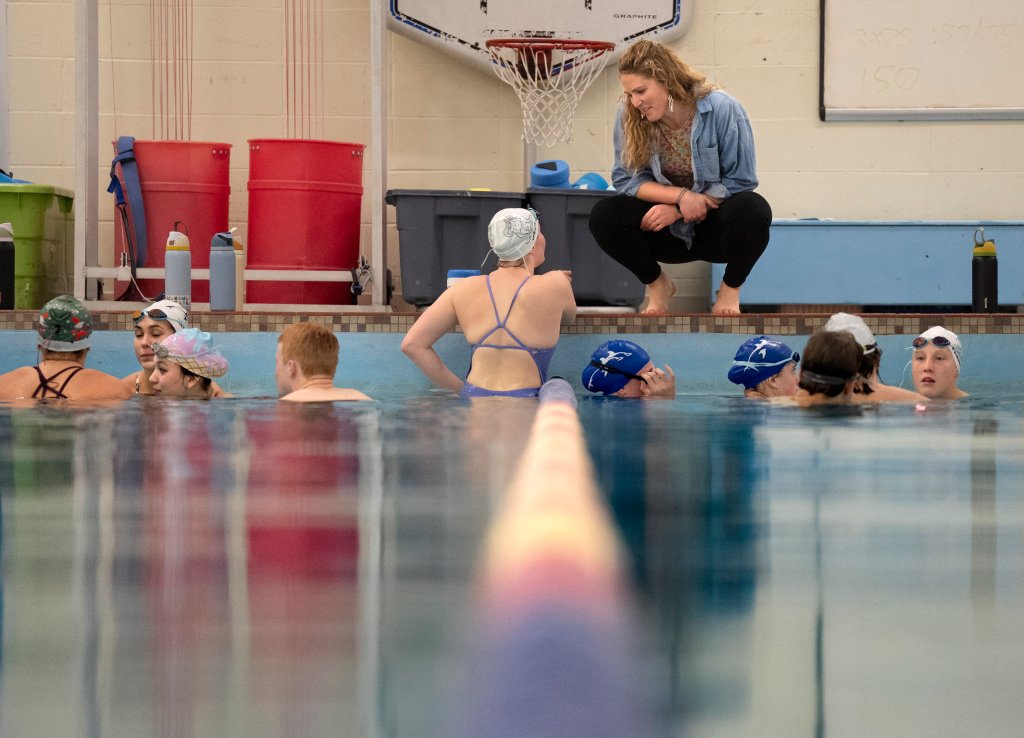
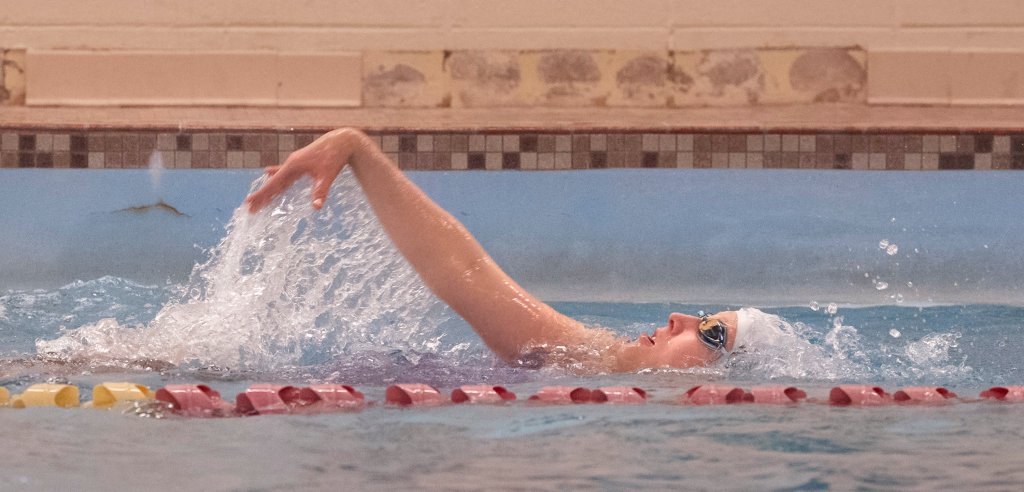
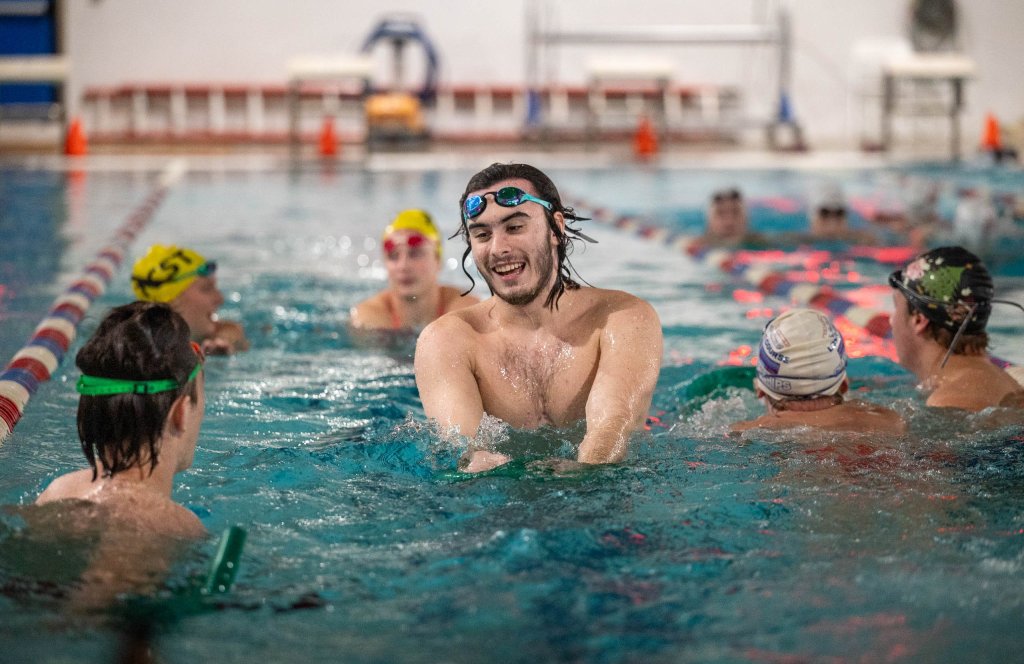
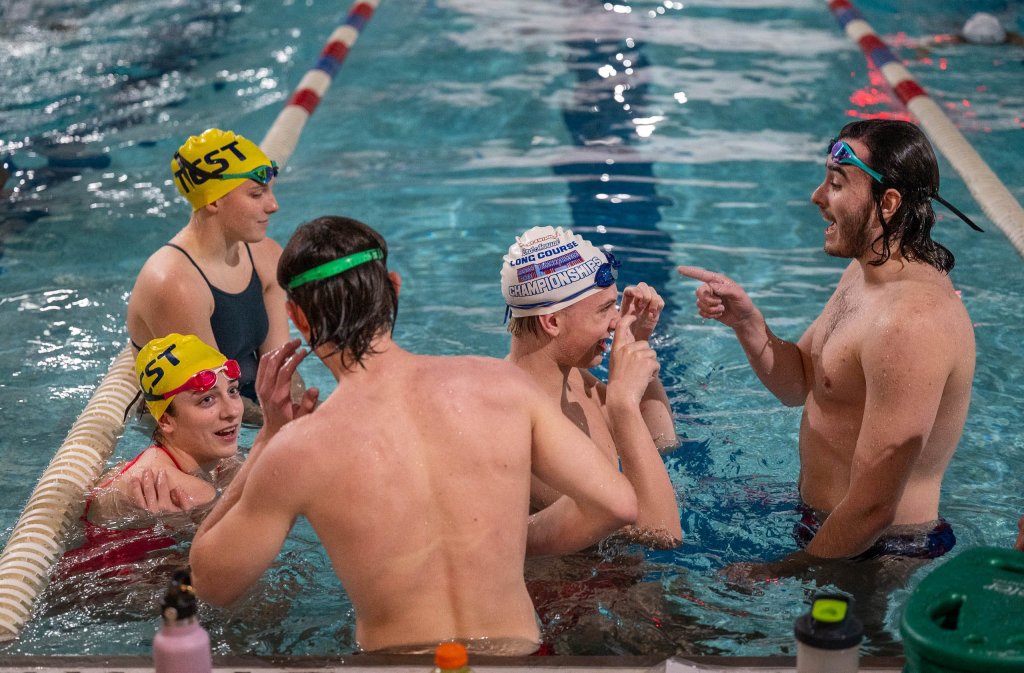

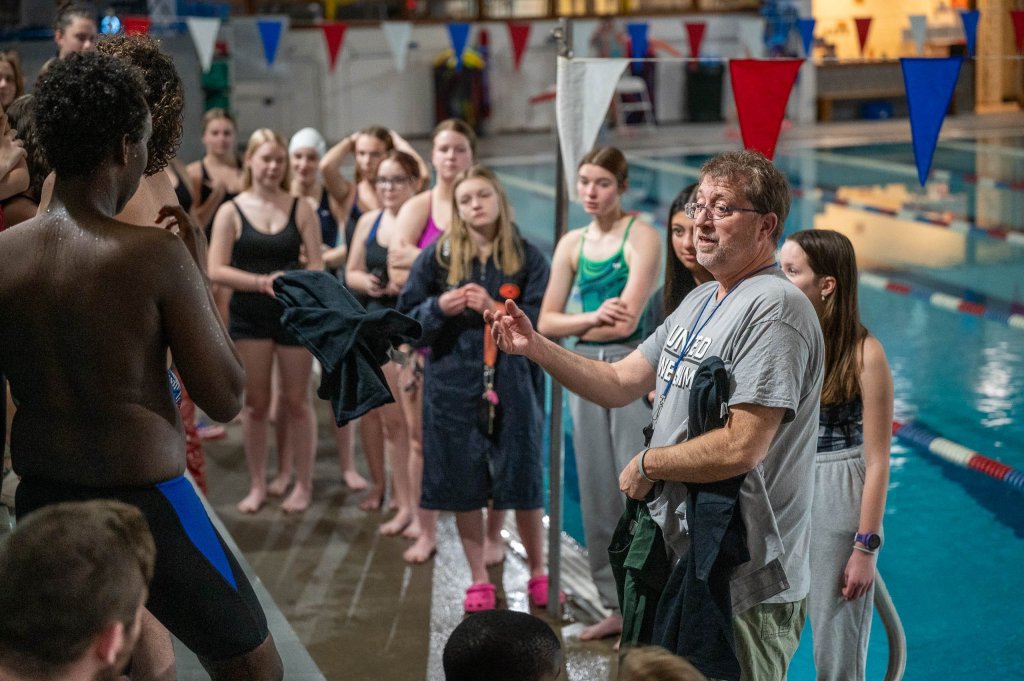
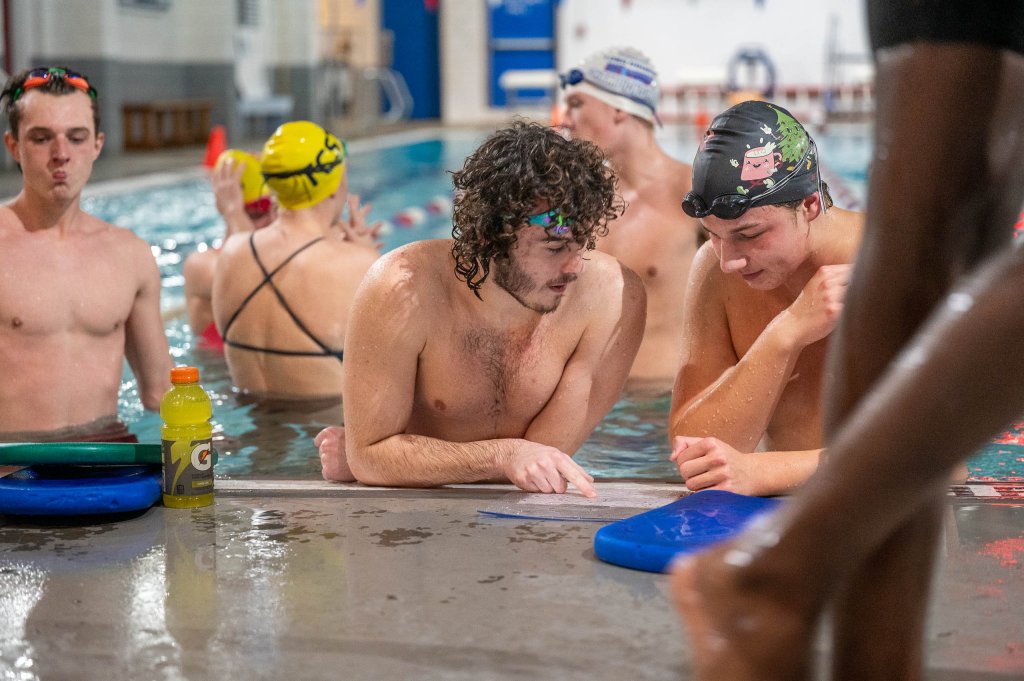

We invite you to add your comments. We encourage a thoughtful exchange of ideas and information on this website. By joining the conversation, you are agreeing to our commenting policy and terms of use. More information is found on our FAQs. You can modify your screen name here.
Comments are managed by our staff during regular business hours Monday through Friday as well as limited hours on Saturday and Sunday. Comments held for moderation outside of those hours may take longer to approve.
Join the Conversation
Please sign into your CentralMaine.com account to participate in conversations below. If you do not have an account, you can register or subscribe. Questions? Please see our FAQs.